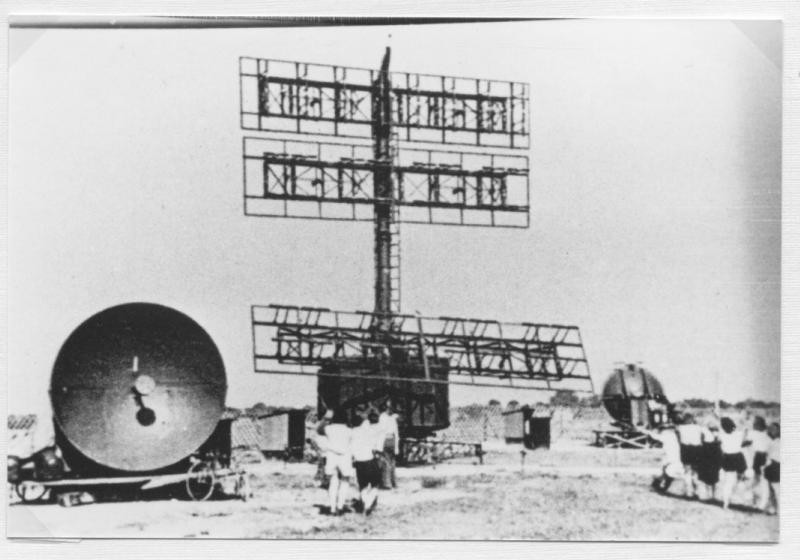Right from the start of the Second World War, the Dutch skies had been targeted as an ideal theatre for aerial combat between the Allied and the German air forces. This was partly due to its geography: sandwiched between England and Germany, and partly due to its landmarks (for example the IJsselmeer lake), which are easy to spot from the sky, making it an easy airspace to navigate. As a result, The Netherlands became the backdrop for regular dogfights and the Germans set up considerable air defences on the ground. Radar stations, anti-aircraft guns and airfields were set up to protect the German Third Reich.
The Netherlands was to become the first line of German aerial defences with hundreds of fighter planes and some of the Luftwaffe's finest pilots, operating from Dutch airfields. Aerial combat took place during the night as well as during the day: the American heavy bombers flew over The Netherlands to Germany during the day, and the British at night. Radar helped the German night fighters to track the British bombers and they would attack them from underneath where the bombers were most vulnerable. The only way to survive being hit was to try and stop the bomber from spinning out of control. Sometimes it worked, and sometimes it did not.
